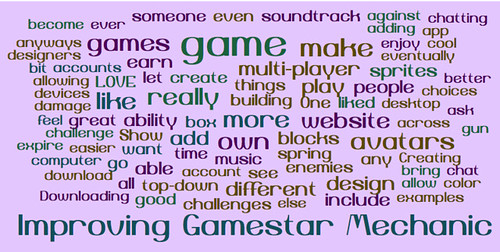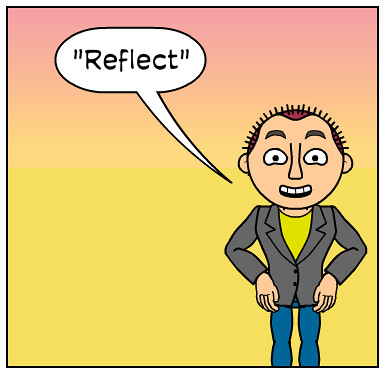
Prolific writer James Patterson and friends are at it again. First, they (Patterson, along with illustrator Laura Park and writer Chris Tebbetts) put out the two Middle School (Worst Years of my Life) series that combine angst about surviving middle school with comedic, graphic-novel drawings and the wild imagination of its main character (Rafe), and now they have put out I Funny about angst in middle school peppered with humor and graphic drawings. (This time, Patterson hooked up with writer Chris Gragenstein but kept on Park.) Actually, I was initially thinking this was just the third book in the earlier series but that is not the case. I Funny is its own story.
Here, the narrator is Jamie Grimm, a wheelchair-bound middle schooler who yearns to be funny. As in, as a stand-up comic. Humor has become Jamie’s weapon against the realities of life, and we don’t learn why he is in the wheelchair until the very end of the book, when he finally confesses to a friend the whole story of the tragic accident that not only cost him use of his legs, but also ended up killing his entire immediate family. He now lives with his adoptive relatives, and life is difficult, to say the least.
I liked how the book puts Jamie’s physical and emotional struggles front and center, but in particular, Patterson and company really humanize Jamie as he struggles for some sense of normalcy in a life torn asunder by tragedy. It was also wise to have a new friend who sets time limits on Jamie for talking without joking, so that honesty and emotion is part of their friendship and relationship. Jamie is so wrapped up in his armor of humor that he has trouble relating to the real world. His entry into a stand-up comedian contest opens up doors for him, and gives him new confidence, but he also has come to come to terms with his life and his wheel-chair bound world.
The narrative arc here closely resembles the other two middle school books — a boy character dealing with a difficult situation that only comes to light late in the book. The illustrations by Park are funny, and complimentary to the story, and the plot is brisk in I Funny. What it lacks is a certain depth, although it certainly hints at that when Jamie finally tells his story to his new friend. There is an emotional wallop to the moment that we, the reader, feel, as does Jamie.
My middle school son really liked this book, and I suspect a few of the boys in my class will also find it interesting. (and I am sure they will be attracted to the cover design.) thought it was fine, but not great, mainly because it felt too much like old, familiar terrain. Jamie seems like a cousin to Rafe, the main character in the other middle school stories by Patterson. (or, I wonder, is that because Park illustrated both? Am I being swayed by the art more than the story? Possibly).
Peace (in the story),
Kevin






